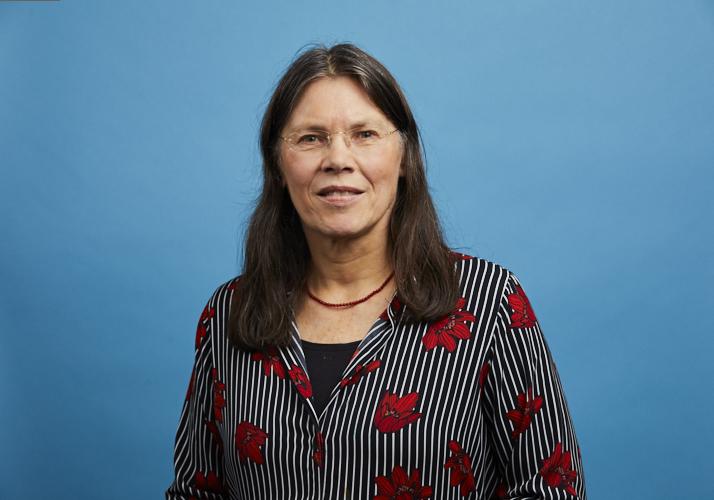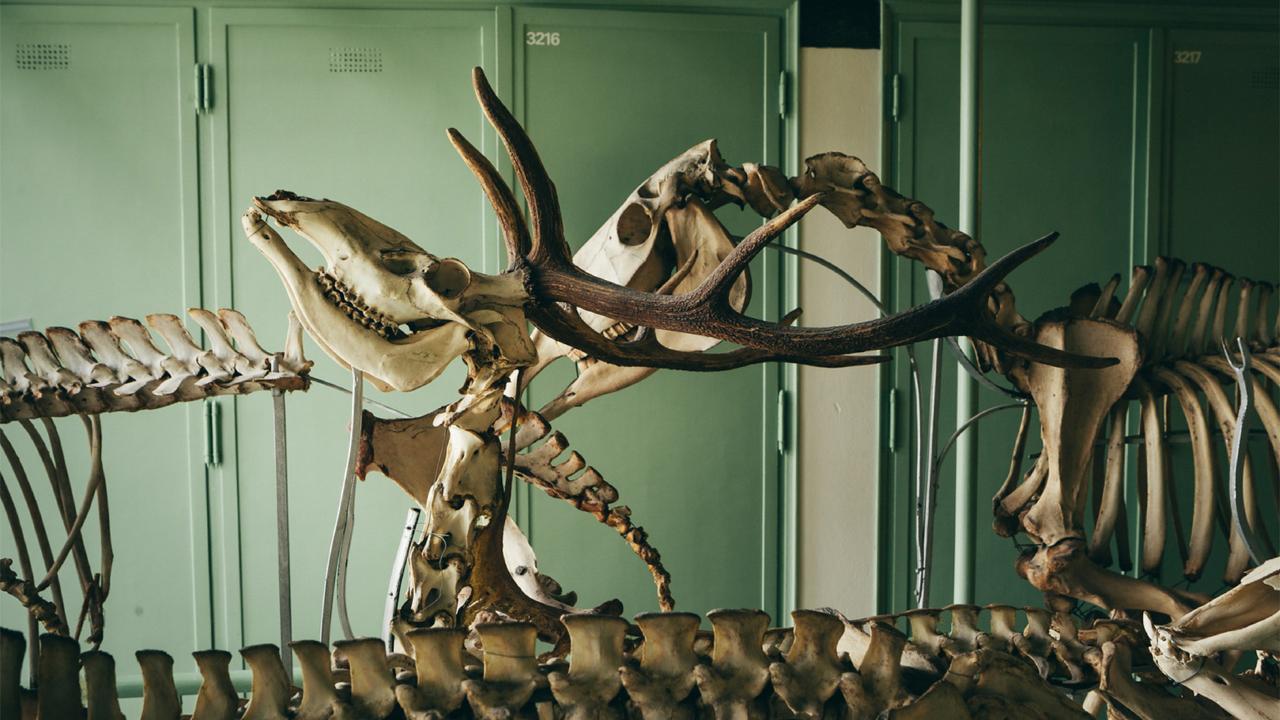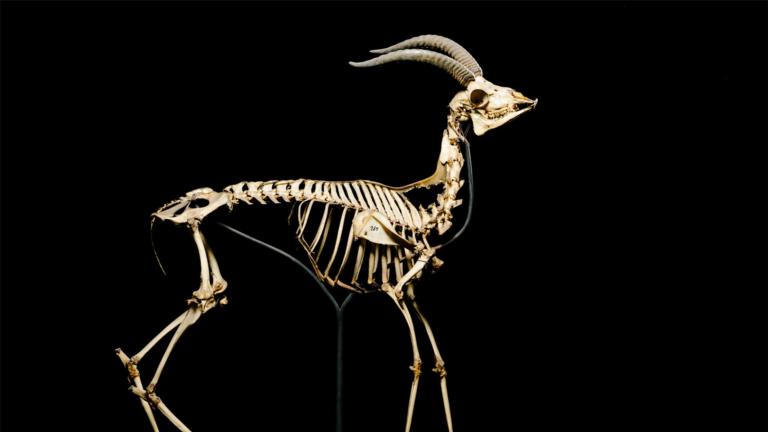
Our research focuses on innovations and mechanisms that facilitate or constrain evolutionary changes of body plans . We want to understand questions such as: Why do we have two eyes, two lungs, four limbs and seven neck vertebrae. To understand this, we study both why such traits can hardly ever change in evolution and why, exceptionally, changes are possible. Our data have implications for biodiversity, human morbidity and lethality.
Keywords
Body plan evolution, developmental constraints, phylotypic stage, vertebral column, digits, human evolution, Evo-Devo, regeneration, parthenogenesis, cichlids, phenotypic plasticity, cognitive science
Researchinterest
- Conservation of phylotypic stages
- Conservation of the number of seven neck vertebrae in mammals
- Why is the number of trunk vertebrae variable in slow mammals, but conserved in fast ones, including humans
- Evolution of digit numbers
- Developmental constraints against parthenogenesis
The main focus of our research is the evolution of body plans in vertebrates. The key to the understanding is the early phylotypic stage. Most organs appear during this highly conserved stage. As a consequence, the number and early development of many organs is also highly conserved, e.g. the number of eyes, ears, limbs, digits, and lungs in vertebrates, and the number of neck and trunk vertebrae in mammals. We have found strong support for the important role of developmental constraints in shaping the evolution of body plans.
Photographs: Joris van Alphen


Currenttopics
Developmental constraints-Phylotypic stages-Evolution and development of the vertebral column-Evolution and development of digits-Phenotypic plasticity-Parthenogenesis-Regeneration
Keypublications
- Galis F., Metz J.A.J., van Alphen J.J.M. 2018. Development and evolutionary constraints. Ann. Rev. Ecol. Evol. Syst. 49:499-522
- van der Geer, A.A.E., Galis F., 2017. High incidence of cervical ribs indicates vulnerable condition in Late Pleistocene woolly rhinoceroses. PeerJ 5:e3684 https://doi.org/10.7717/peerj.3684
- Galis F., Carrier DR, van Alphen J, van der Mije SD, Van Dooren TJ, Metz JA, ten Broek CM. 2014. Fast running restricts evolutionary change of the vertebral column in mammals. Proc. Natl. Acad. Sci. U. S. A. 111: 11401-06
- Ten Broek C.M.A., Bakker A.J., Varela-Lasheras I., Bugiani M., Van Dongen S., Galis F. 2012. Evo-devo of the human vertebral column. On homeotic transformations, pathologies and prenatal selection. Evol. Biol. 39:456-471
- Varela-Lasheras, I., Bakker A.J., van der Mije S.D., Metz J.A.J., Van Alphen J., Galis F. 2011. Breaking evolutionary and pleiotropic constraints in mammals. On sloths, manatees and homeotic mutations. EvoDevo 2011, 2:11
- Galis, F., Arntzen J.W., Lande R., 2010. Dollo’s law and the irreversibility of digit loss in Bachia. Evolution 64, 2466-2476
- Galis, F., van der Sluijs, I., van Dooren, T.J.M., Metz, J.A.J., Nussbaumer, M. (2007). Do large dogs die young? J. exp. Zool. B. 308:119-126.
- Galis, F., G.P. Wagner, and E. Jockusch (2003). Why is limb regeneration possible in amphibians but not in reptiles, birds and mammals? Evol. and Devel. 5, 208-220.
- Galis, F., 2001. Key innovations and radiations. In: The character concept in Evolutionary Biology. Ed. G.P. Wagner. Academic Press. London.
- Galis, F., van Alphen J.J.M, and J.A.J. Metz (2001). Why five fingers? Evolutionary constraints on digit numbers. Trends Ecol. Evol.16, 637-646.
- Galis, F. and J.A.J. Metz (2001). Testing the vulnerability of the phylotypic stage: on modularity and evolutionary conservation. J. Exp. Zool. (Mol. Dev. Evol.) 291, 195-204.
- Galis, F. 1999. Why do almost all mammals have seven cervical vertebrae? Developmental constraints, Hox genes and Cancer. J. exp. Zool. (Mol. Dev. Evol.) 285: 19-26.
- Galis, F. & E.G. Drucker, 1996. Pharyngeal biting mechanics in centrarchid- and cichlid fishes: Insights into a key evolutionary innovation. J. Evol. Biol. 9: 641-670.
- Galis, F. 1996. The application of functional morphology to evolutionary studies. Trends Ecol. Evol. 11 (3): 124-129.